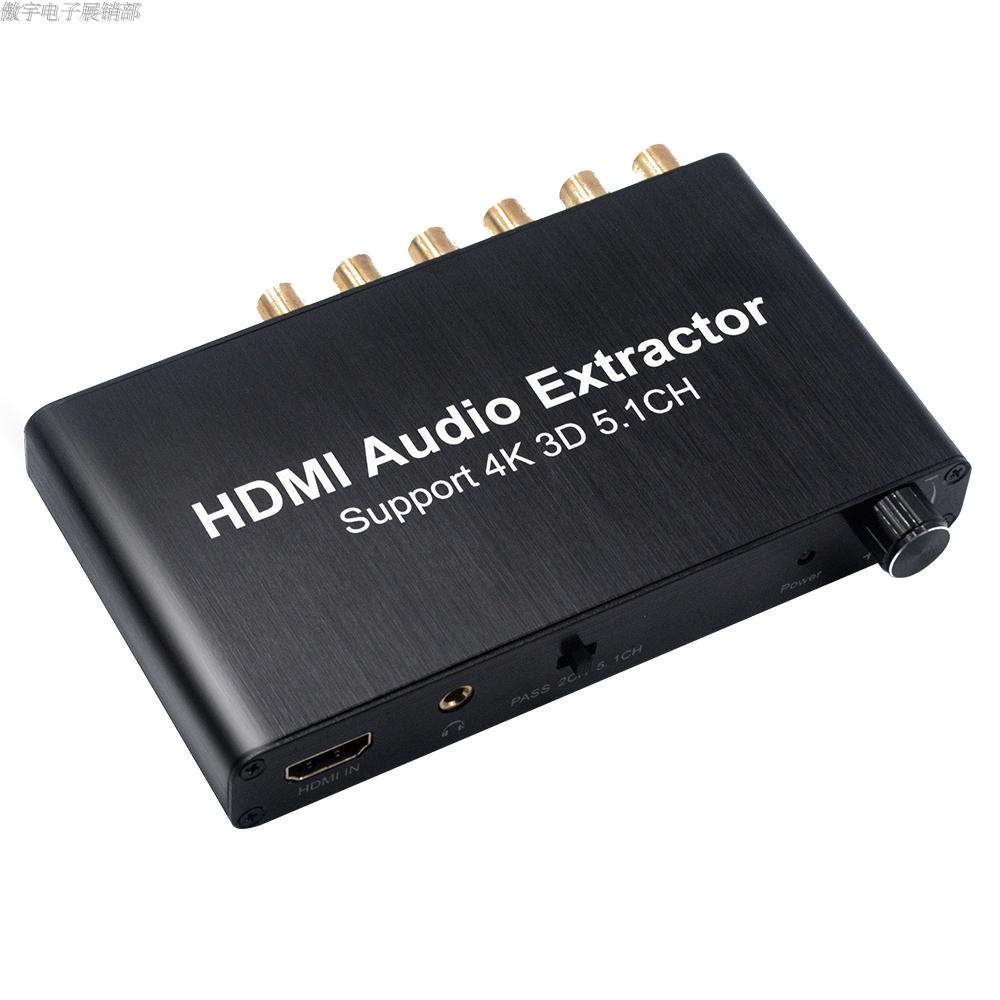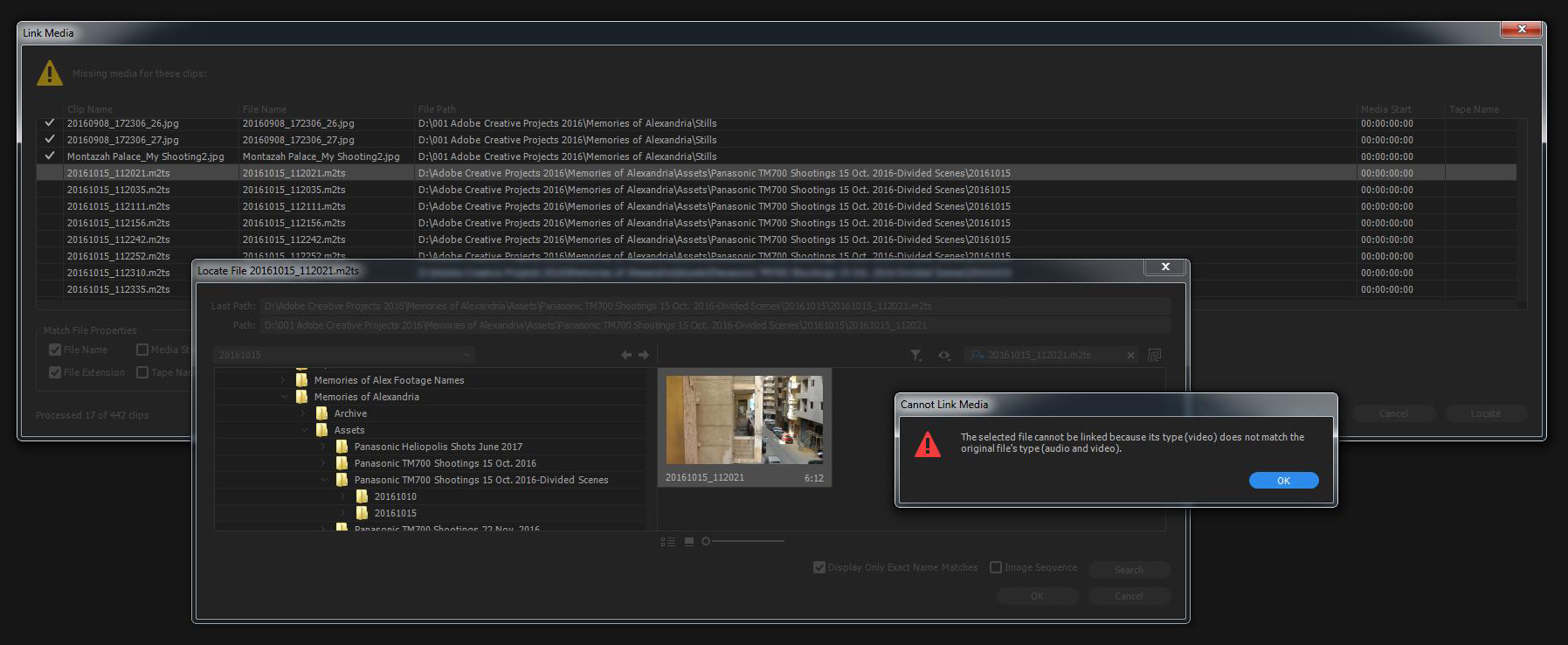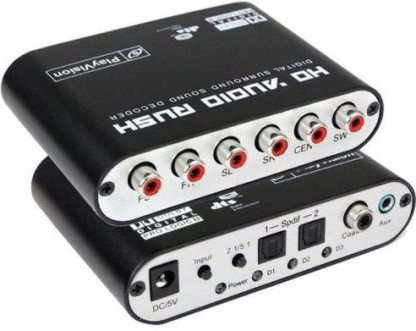

On a DVD-based camcorder the BDMV directory is placed at the root level, as on the Blu-ray Disc. Another difference is location of the BDMV directory, which contains media files. In particular, it uses legacy " 8.3" file naming convention, while Blu-ray Discs utilize long filenames (this may be caused by the fact that FAT implementations utilizing long file names are patented by Microsoft and are licensed on a per unit sold basis ). Usually, memory cards and HDDs use the FAT file system, while optical discs employ UDF or ISO 9660.Īt the file system level, the structure of AVCHD is derived from the Blu-ray Disc specification, but is not identical to it. Subtitles are used in some camcorders to timestamp the recordings.Īudio, video, subtitle, and ancillary streams are multiplexed into an MPEG transport stream and stored on media as binary files. Slide shows are prepared from a sequence of AVC still frames, and can be accompanied by a background audio track. The menu navigation system is similar to DVD-video, allowing access to individual videos from a common intro screen. Stereo and multichannel surround (5.1) are both supported.Īside from recorded audio and video, AVCHD includes many user-friendly features to improve media presentation: menu navigation, simple slide shows and subtitles. For audio compression, it supports both Dolby AC-3 (Dolby Digital) and uncompressed linear PCM audio. Overview įile organization on Panasonic and Canon solid-state AVCHD camcordersįor video compression, AVCHD uses the H.264/MPEG-4 AVC standard, supporting a variety of standard, high definition, and stereoscopic (3D) video resolutions.


The new video modes require double the data rate of previous modes.ĪVCHD and its logo are trademarks of Sony and Panasonic.

In 2011 the AVCHD specification was amended to include 1080-line 50-frame/s and 60-frame/s modes (AVCHD Progressive) and stereoscopic video (AVCHD 3D). Panasonic released the first AVCHD camcorder aimed at the professional market in 2008, though it was nothing more than the (by then discontinued) FLASH card consumer model rebadged with a different model number. Both Panasonic and Sony released the first consumer AVCHD camcorders in spring of 2007. Related specifications include the professional variants AVCCAM and NXCAM.įavorable comparisons of AVCHD against HDV and XDCAM EX solidified perception of AVCHD as a format acceptable for professional use. It is H.264 and Dolby AC-3 packaged into the MPEG transport stream, with a set of constraints designed around the camcorders.ĭeveloped jointly by Sony and Panasonic, the format was introduced in 2006 primarily for use in high definition consumer camcorders. AVCHD ( Advanced Video Coding High Definition) is a file-based format for the digital recording and playback of high-definition video.


 0 kommentar(er)
0 kommentar(er)
